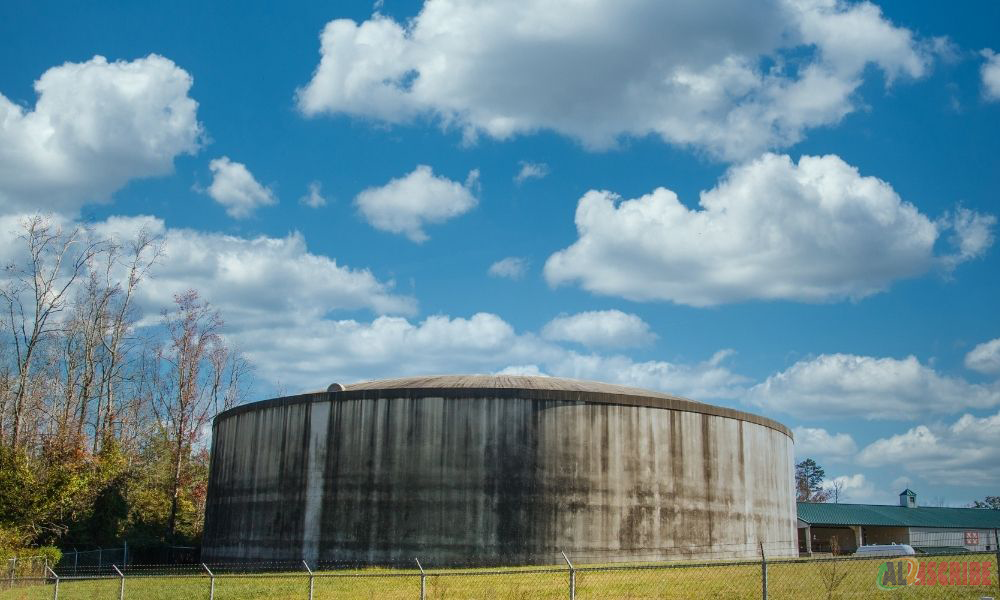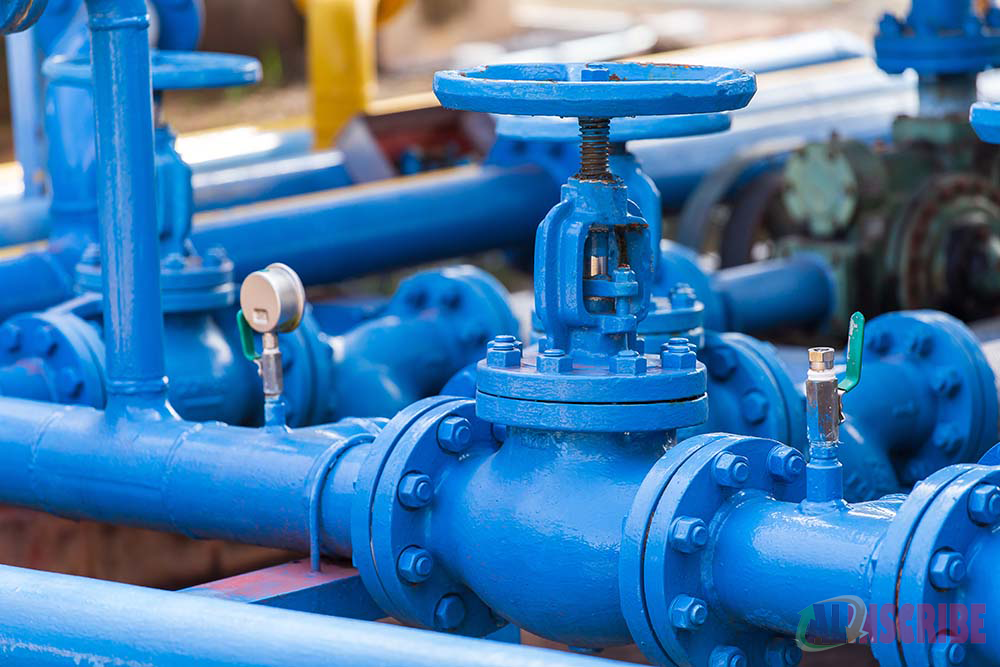Types Of Water Tanks: Which One Is Right For You?
Author: busybucket2015
Published in: Home Improvement

Water tanks are essential for households and industries alike, providing a reliable and accessible source of water for various purposes. However, not all water tanks are created equal, and choosing the right type of water tank can make a significant difference in terms of durability, maintenance, and cost-effectiveness. In this article, we'll explore the most common types of water tanks and weigh their pros and cons to help you make an informed decision.
Plastic Water Tanks
Plastic water tanks are perhaps the most popular type of water tanks due to their affordability, lightweight, and ease of installation. Made from polyethylene or polypropylene, plastic tanks are resistant to corrosion, UV rays, and most chemicals, making them suitable for a wide range of water storage applications. Additionally, plastic tanks come in various sizes and shapes, allowing you to customize them to fit your space and water needs.
One of the main advantages of plastic water tanks is their low maintenance requirements. Unlike concrete or steel tanks, plastic tanks don't require painting or sealing, and they can be cleaned easily with soap and water. As a professional cleaner working about more than 10 years. I prefer to choose plastic when it is installed on the roof. We also provide Professional Water tank cleaning services in Panchkula.

However, plastic water tanks also have some downsides to consider. For instance, they may not be suitable for storing hot water, as the plastic can warp or deform under high temperatures. Additionally, plastic tanks may not be as durable as other materials, and they may need to be replaced more frequently, especially if exposed to harsh weather conditions or mechanical stress.
Concrete Water Tanks
Concrete water tanks have been around for centuries, and they remain a popular choice for households and farms that require a large volume of water storage. Concrete tanks are made from reinforced cement, which provides a robust and long-lasting structure that can withstand extreme weather, earthquakes, and fire.
One of the main advantages of concrete water tanks is their thermal stability, which means they can maintain a consistent temperature and prevent algae growth or bacterial contamination. Additionally, concrete tanks are highly resistant to corrosion, rust, and UV rays, making them suitable for outdoor or underground installation. Moreover, concrete tanks can be integrated with filtration and pumping systems to provide a complete water management solution.
However, concrete water tanks also have some drawbacks to consider. First, they are relatively heavy and require a sturdy foundation to support their weight, which may add to the installation costs. Additionally, concrete tanks may need to be periodically sealed or painted to prevent cracks, leaks, or water penetration.
Steel Water Tanks
Steel water tanks are another popular option for water storage, especially for industrial or commercial applications that require a large volume of water. Steel tanks are made from galvanized or stainless steel, which provides a strong and durable structure that can withstand harsh weather, chemicals, and mechanical stress.
One of the main advantages of steel water tanks is their strength and durability, which can last for decades without significant maintenance. Steel tanks are also resistant to fire, pests, and algae growth, making them suitable for various environments. Moreover, steel tanks can be easily transported and installed, as they can be assembled on-site using bolts or welding.
However, steel water tanks also have some drawbacks to consider. First, they may be more expensive than plastic or concrete tanks, especially if customized or coated with protective layers. Additionally, steel tanks may require periodic inspections and maintenance to prevent rust or corrosion, which can compromise their structural integrity.
Fiberglass Water Tanks
Fiberglass water tanks are a relatively new type of water storage solution, but they have gained popularity in recent years due to their lightweight, corrosion resistance, and versatility. Fiberglass tanks are made from a combination of glass fibers and resin, which provides a strong and flexible structure that can withstand harsh chemicals, UV rays, and temperature fluctuations.
One of the main advantages of fiberglass water tanks is their low maintenance requirements, as they don't require painting or sealing and can be easily cleaned with mild detergent. Moreover, fiberglass tanks are highly resistant to corrosion, rust, and bacterial growth, making them suitable for long-term water storage.
However, fiberglass water tanks also have some downsides to consider. First, they may not be as durable as other materials, especially if exposed to extreme weather conditions or mechanical stress. Additionally, fiberglass tanks may be more expensive than plastic or concrete tanks, especially if customized or installed with additional features.

Stainless Steel Water Tanks
Stainless steel water tanks are a high-end water storage solution, preferred by industries and households that require a hygienic, durable, and aesthetically pleasing option. Stainless steel tanks are made from food-grade stainless steel, which provides a non-reactive and corrosion-resistant surface that can maintain water quality and purity. Moreover, stainless steel tanks can be polished or painted to enhance their visual appeal and blend with the surroundings.
One of the main advantages of stainless steel water tanks is their hygiene and sanitation standards, as they are easy to clean, disinfect, and maintain. Additionally, stainless steel tanks are highly resistant to rust, chemicals, and temperature fluctuations, making them a reliable and long-lasting solution.
However, stainless steel water tanks also have some drawbacks to consider. First, they may be more expensive than other materials, especially if customized or installed with additional features. Additionally, stainless steel tanks may be prone to scratching or denting, which can affect their aesthetic value and potentially lead to water leakage or contamination.
Conclusion
Choosing the right type of water tank can make a significant difference in terms of durability, maintenance, and cost-effectiveness. Each type of water tank has its advantages and drawbacks, depending on the specific needs, budget, and environmental factors. Therefore, it's essential to weigh the pros and cons of each material and consult with a water storage expert before making a decision. Whether you choose a plastic, concrete, steel, fiberglass, or stainless steel water tank, ensure that it meets the quality, safety, and performance standards for your water storage needs.
Article Comments
Similar Articles
Articles Search
Sponsor
There are zero sub-categories in this parent category.
There are zero sub-categories in this parent category.
There are zero sub-categories in this parent category.
















